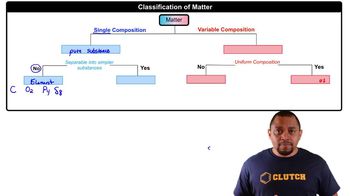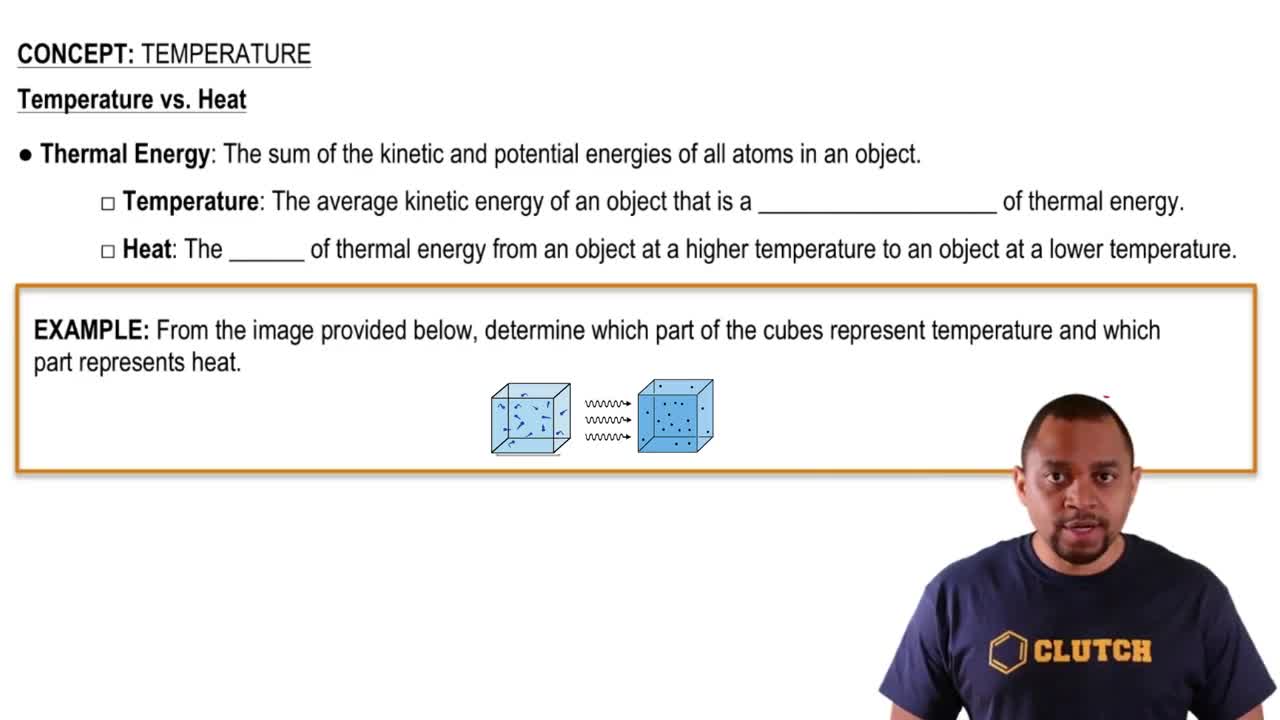Here are the essential concepts you must grasp in order to answer the question correctly.
Atmospheric Composition
The atmosphere is composed of various gases, primarily nitrogen (78%) and oxygen (21%), with trace amounts of other gases. The distribution of these gases is not uniform; most of the mass is concentrated in the lower layers, particularly the troposphere, due to gravitational forces that hold denser gases closer to the Earth's surface.
Recommended video:
Pressure and Density
Atmospheric pressure decreases with altitude, leading to a corresponding decrease in gas density. In the troposphere, the pressure is highest, resulting in greater density and, consequently, a larger mass of air. This phenomenon explains why the troposphere, despite its relatively small thickness, contains a significant portion of the atmosphere's total mass.
Recommended video:
Temperature Gradient
The troposphere experiences a temperature decrease with altitude, which affects the behavior of air molecules. Warmer air at lower altitudes is less dense and can hold more moisture, contributing to the mass of the troposphere. This temperature gradient helps maintain a stable layer of air that retains most of the atmosphere's mass.
Recommended video:
 Verified step by step guidance
Verified step by step guidance


